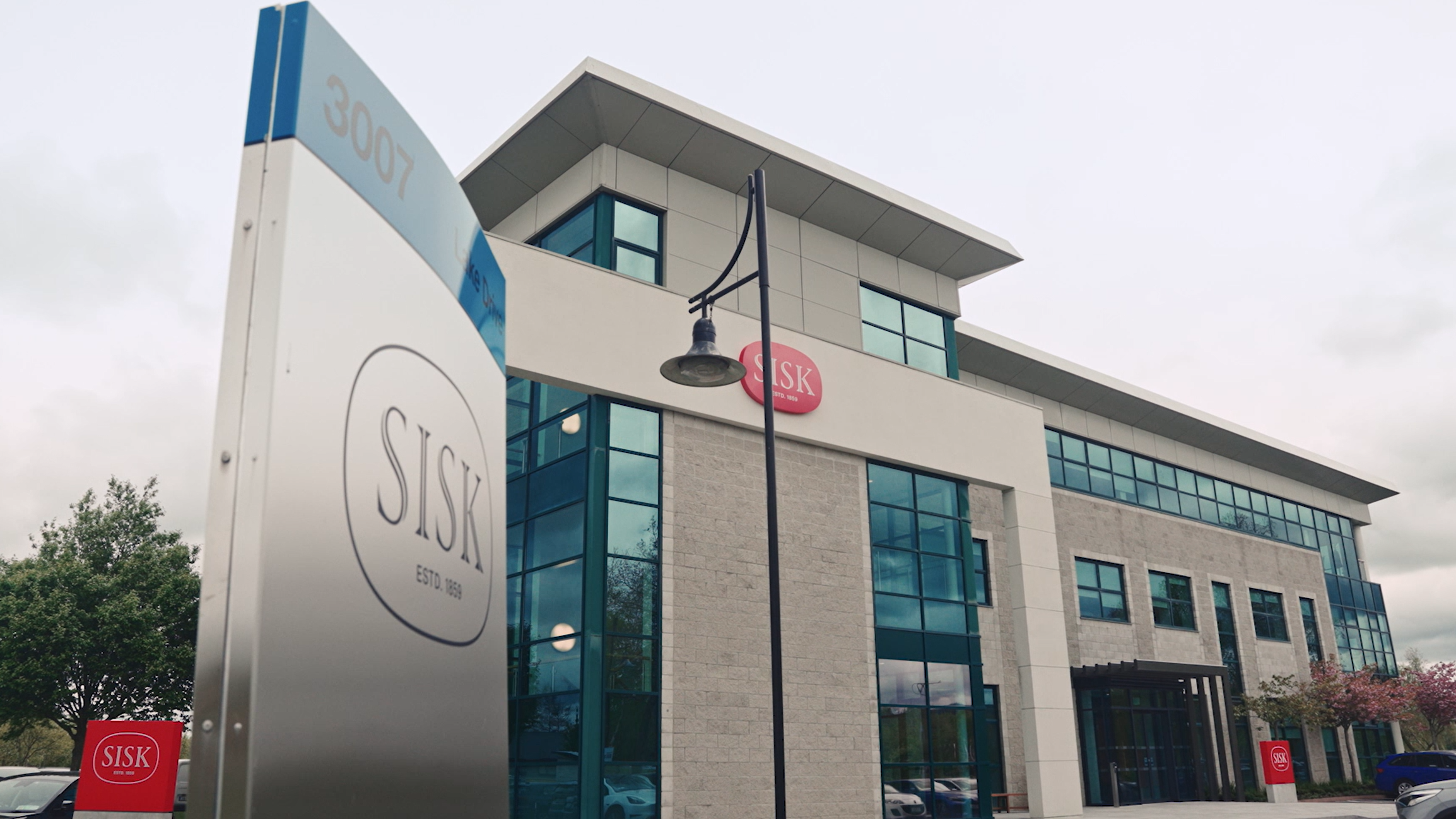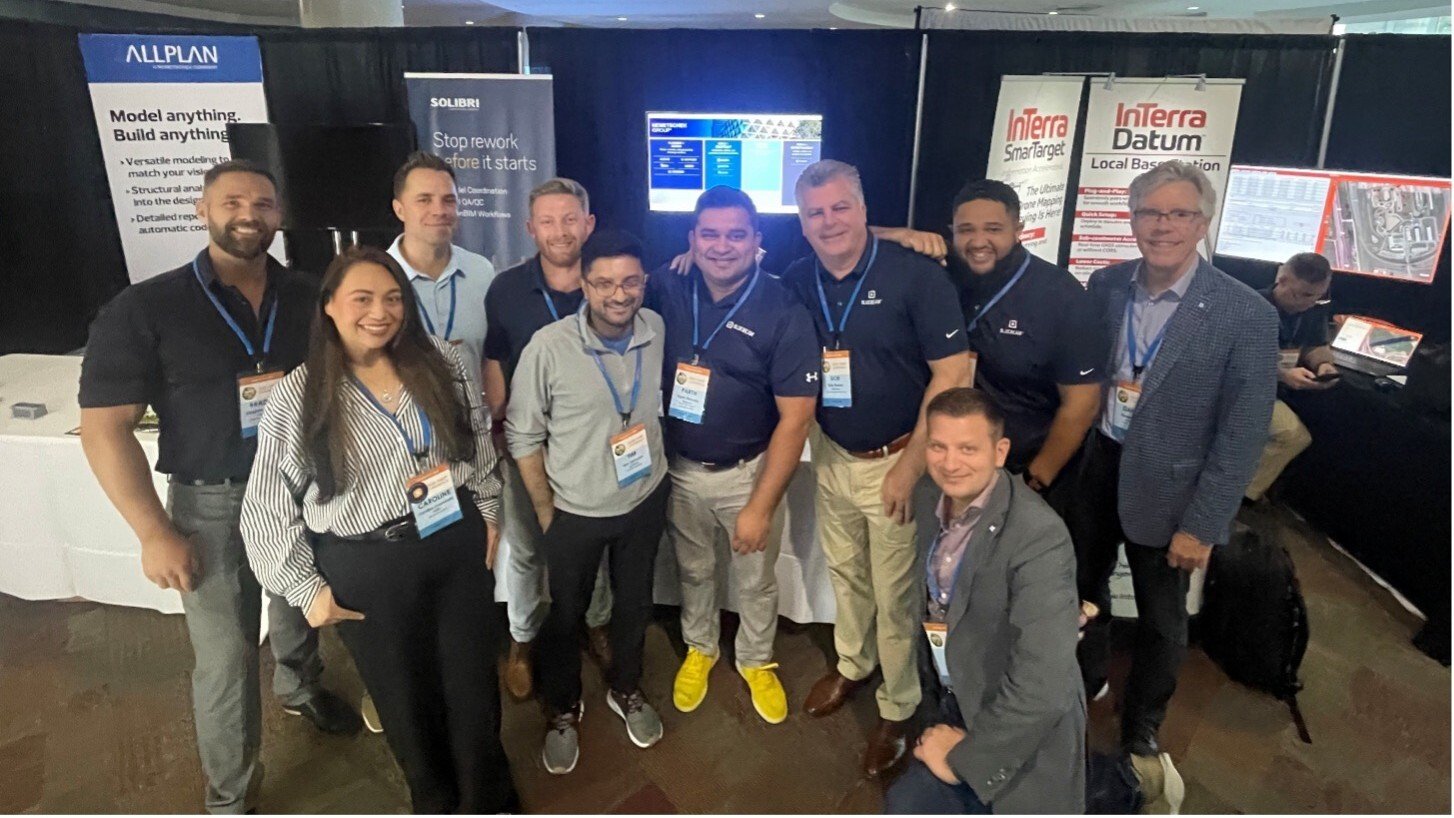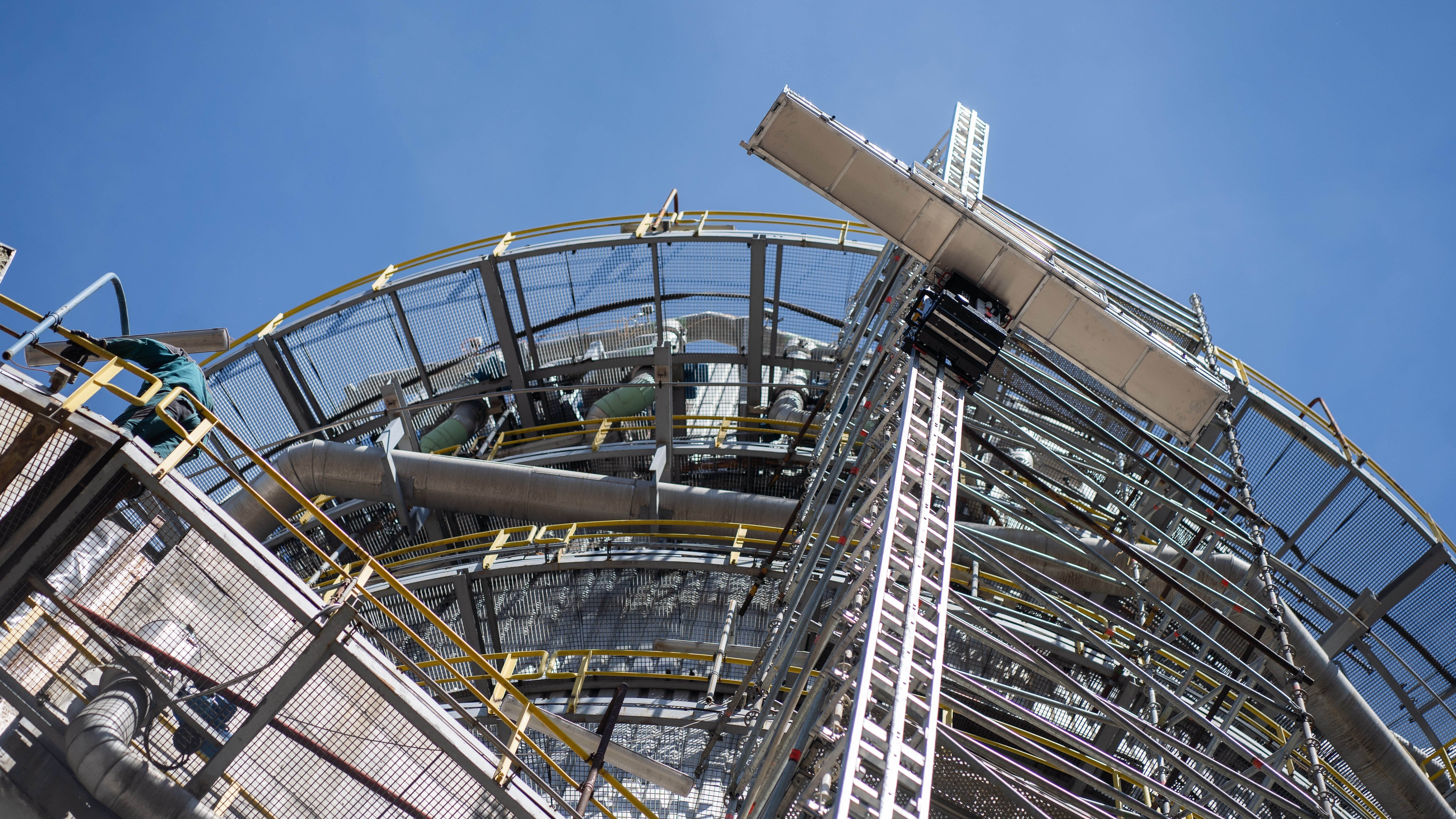When John Sisk & Son decided to relocate its Dublin headquarters, the company saw an opportunity to rethink the purpose of an office with Nemetschek dTwin and Spacewell.
Digital Twins for Smart Offices: Sisk’s Innovative HQ with dTwin & Spacewell
Author
Nemetschek Group
This article belongs to the collection Digital Twin.
To the topic pageWhen John Sisk & Son decided to relocate its Dublin headquarters, the company saw an opportunity to rethink the purpose of an office. Instead of simply updating a building, Sisk set out to create a smart, data enabled workplace that supports hybrid work, improves comfort for employees, and operates with greater efficiency. The result is a headquarters that uses a digital twin to bring building data together in a single environment, giving teams a clear and timely understanding of how the space truly performs.
A Company With Deep Roots and a Forward View
Sisk is one of Ireland's oldest and most established construction and engineering firms. Since its founding in 1859, the company has expanded across Ireland, the UK, and mainland Europe, delivering projects in healthcare, life sciences, infrastructure, commercial real estate, and more. Today, thousands of employees and supply chain partners depend on well-coordinated processes and modern tools to deliver increasingly complex projects.
In 2024, the company moved its headquarters to the Citywest Business Park in Dublin. The original office building on site featured a traditional open plan layout, but Sisk chose to reorganize the space into clear zones dedicated to different teams and ways of working. The aim was to create a workplace that reflects current practices, including hybrid schedules and flexible collaboration.
According to Cillian Kelly, Head of Digital Project Delivery Ireland and EU, the company wanted a space that supports people while also giving Sisk a precise understanding of how the building performs day to day. This meant gaining visibility into occupancy patterns, resource use, energy consumption, and comfort levels. It also meant choosing a solution that could combine these insights in a way that informs decisions rather than adding complexity.
From the advent of power tools to the use of prefabrication techniques, innovation has continuously reshaped the way construction projects are executed. These days, the AEC/O industry is once again at a turning point, where robotics and automation are emerging as viable solutions to the labor shortage.
Unlike manufacturing, which takes place in controlled environments, construction sites are inherently unstructured and dynamic. This has historically made full automation difficult to achieve. However, advancements in AI and robotics are enabling machines to operate in these complex environments more effectively than ever before.
Rather than replacing workers outright, human-robot collaboration is proving to be the most effective approach. Robotics can take on repetitive, physically demanding, and hazardous tasks, allowing workers to focus on more specialized or supervisory roles. This shift not only improves efficiency and safety but also makes the industry more attractive to younger generations who may be hesitant to enter physically demanding trades.
Building the Digital Twin
To achieve this, Sisk partnered with Real Data Systems, a technology provider with experience implementing Nemetschek solutions within the company. Through this collaboration, Sisk was introduced to Spacewell and dTwin, two platforms that support smart building operations and centralized data visualization.
The team decided to construct the headquarters as a digital twin. BIM models from planning and construction were refined into accurate as-built-models. Documentation such as warranties, certificates, 360-degree images, and laser scans was added so that room data and asset information could be accessed directly through the model. The goal was to ensure that the digital representation of the building matched the physical one as closely as possible.
Sensor networks were also introduced to monitor occupancy, temperature, air quality, and other key parameters. These sensors were linked to the digital twin, and the building management system was connected as well. Spacewell provided additional insight into workplace usage and employee needs, while dTwin served as the central hub that brought all data sources into a single visual environment.
Turning Data Into Insight
What distinguishes the Citywest headquarters is how the different technologies interact. Occupancy data, energy readings, and workspace information are not viewed in isolation. Instead, they are layered together so that the facilities team can understand how one factor influences another. For example, if a space is consistently underused but still draws energy at a high rate, this becomes immediately visible in dTwin.
This integrated view helps Sisk manage the building based on real use rather than assumptions. Meeting rooms and desk zones can be evaluated against expected occupancy. Energy consumption can be tracked against actual activity. Conditions such as temperature, air quality, and CO2 levels appear in heatmaps, making it easier to maintain comfort for employees.
Alerts can also be configured when certain values exceed defined thresholds. This supports faster responses when something does not perform as expected and helps the team maintain consistent conditions throughout the office.
Learning for the Future
Sisk sees the digital twin as a platform that will grow over time. With more data available, the team plans to explore predictive analytics and scenario-based planning. These capabilities can help simulate different energy strategies, identify early signs of maintenance needs, and support company-wide sustainability goals.
Insights from Dublin will also inform other Sisk locations. By understanding how the building behaves across seasons and occupancy patterns, the company can establish benchmarks for future renovations or new office projects.
Setting a New Standard
The Citywest headquarters show what becomes possible when planning, construction, and operations come together through modern tools. The building now serves not only as a workplace but also as a reference point for clients who want to understand what digital building operations can deliver.
For Sisk, this project demonstrates how data and digital tools can strengthen decision making, improve comfort, and create a more efficient environment. It also offers a practical example for the wider industry as more organizations look for smart, sustainable, and future ready workplaces.





